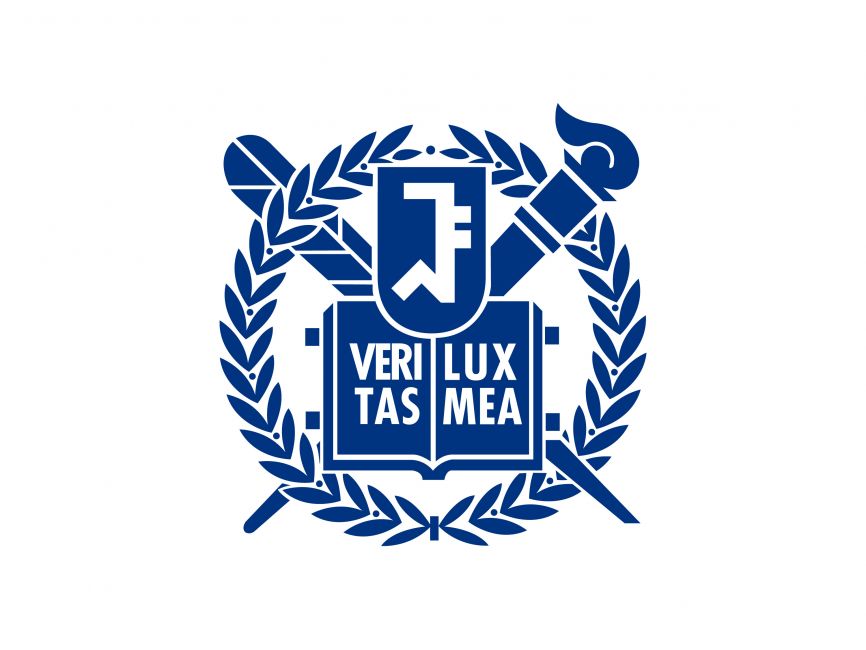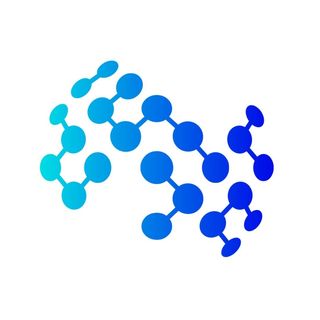KNEEL: Knee Anatomical Landmark Localization Using Hourglass Networks
This paper addresses the challenge of localization of anatomical landmarks in knee X-ray images at different stages of osteoarthritis (OA). Landmark localization can be viewed as regression problem, where the landmark position is directly predicted by using the region of interest or even full-size images leading to large memory footprint, especially in case of high resolution medical images. In this work, we propose an efficient deep neural networks framework with an hourglass architecture utilizing a soft-argmax layer to directly predict normalized coordinates of the landmark points. We provide an extensive evaluation of different regularization techniques and various loss functions to understand their influence on the localization performance. Furthermore, we introduce the concept of transfer learning from low-budget annotations, and experimentally demonstrate that such approach is improving the accuracy of landmark localization. Compared to the prior methods, we validate our model on two datasets that are independent from the train data and assess the performance of the method for different stages of OA severity. The proposed approach demonstrates better generalization performance compared to the current state-of-the-art.






